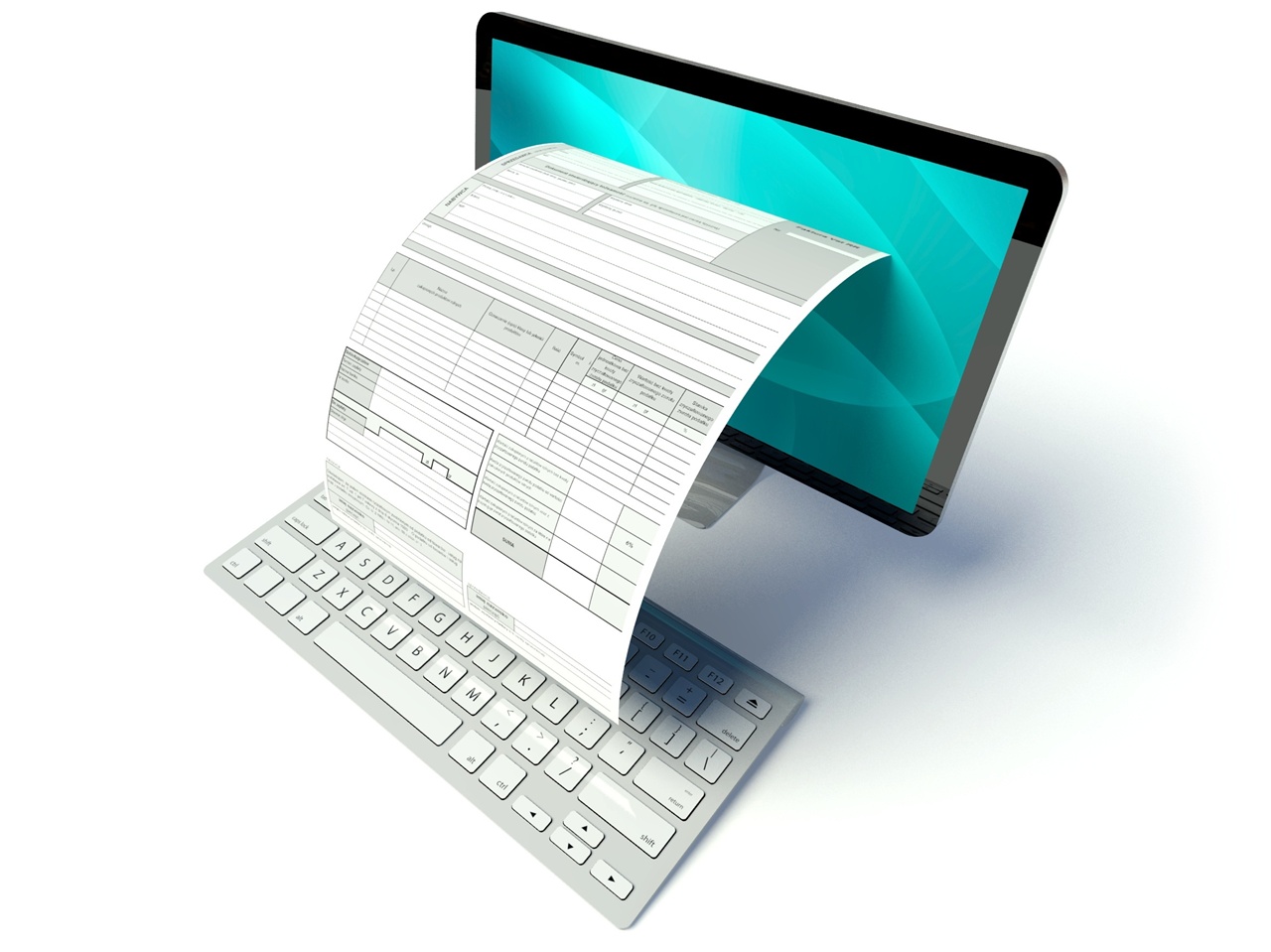To the dismay of pencil manufacturers, the world is going paperless. At your place of business, your copy and fax machines have probably developed a layer of dust, as most of your employees work entirely from the comfort of their desktops.
Nearly every business stores files, sends communications, creates content, and tracks sales digitally ? but for some reason, many businesses just can’t kick the habit of sending clients traditional bills.
Like everything else made from trees, paper bills are disappearing slowly but surely. Here are a few reasons you should follow the e-billing trend, as well as some tips for setting up your own digital billing service.
The advantages of the paperless bill
Imagine, if you will, a 40-foot-tall tree. Most likely, it is a softwood tree, like a spruce or pine, so you might picture the evergreen needles and smell the sweet, spicy aroma of its new growth.
When one customer opts for electronic billing, he or she effectively saves about 50 of such trees from being chopped down and ground into wood pulp. By offering paperless options, your business could preserve entire forests of trees, fostering a greener, cleaner way of life.
Of course, a diminished carbon footprint isn’t the only benefit of paperless billing. Customers are granted the option with nearly all EBPP solutions to view their bills online anywhere, anytime.
This is immediately advantageous to businesses: Customers who have continuous access to their bills are more likely to pay them in-full and on-time, even while they are away from home.
Moreover, bill history is usually compiled online as well, giving both customers and businesses the ability to review previous statements for spending trends.
Finally, electronic billing is substantially cheaper than paper invoices. For most businesses, paper and other office supplies (like ink cartridges, stamps, and envelopes) take up a sizeable portion of the budget.
Moreover, paper appliances like copiers and fax machines require regular maintenance and updates, which is not a minor cost. By going paperless, that chunk of change can be reinvested in other areas of the business, helping your company to grow.
The disadvantages of billing electronically
If e-billing seems too good to be true, it isn’t. However, as with any business service, paperless billing does have a few weaknesses that may be off-putting at first.
For example, any online service that collects payment information must be secure from cyber-criminals, which means you and your customers will need to craft and remember increasingly complex passwords.
Some customers who are fed-up with memorizing incomprehensible strings of letters and numbers may opt out of e-billing simply because they have no room to store another password.
Additionally, as technology changes, EBPP services need to adapt to new machines. Businesses may need to expend effort updating software and websites to ensure that their billing portals remain secure and up-to-date.
Neglecting to perform regular maintenance could expose private customer information to a data breach, which is always bad for business.
Still, a dedicated IT professional will find such simple updates easily within the realm of his or her responsibilities, and it is unlikely that an update will ever seriously derail a business’s ability to collect payments.
How to get the bills of the future
Most commonly, businesses contract experienced e-billing professionals to create web payment portals that integrate into existing websites.
Ideally, a customer does not need to leave your business’s site to pay his or her bill; leaving a trusted, secure website for a third-party payment collector can cause doubt and discomfort about the e-billing process, making it less likely that you will receive your money online.
In working with a professional, you will have more control over how your e-bills look and behave, ensuring they conform to your business’s brand identity.
Another option is directing customers to an established third-party payment collector. Sites like PayPal and Google Wallet have been facilitating online transactions for well over a decade and most Web users trust them with precious financial information.
Yet, these services often skim money from your payments, slashing your profits while impacting your brand. Though third parties are easy to use, they should be a short-term e-billing solution while you develop an on-site payment collection.
